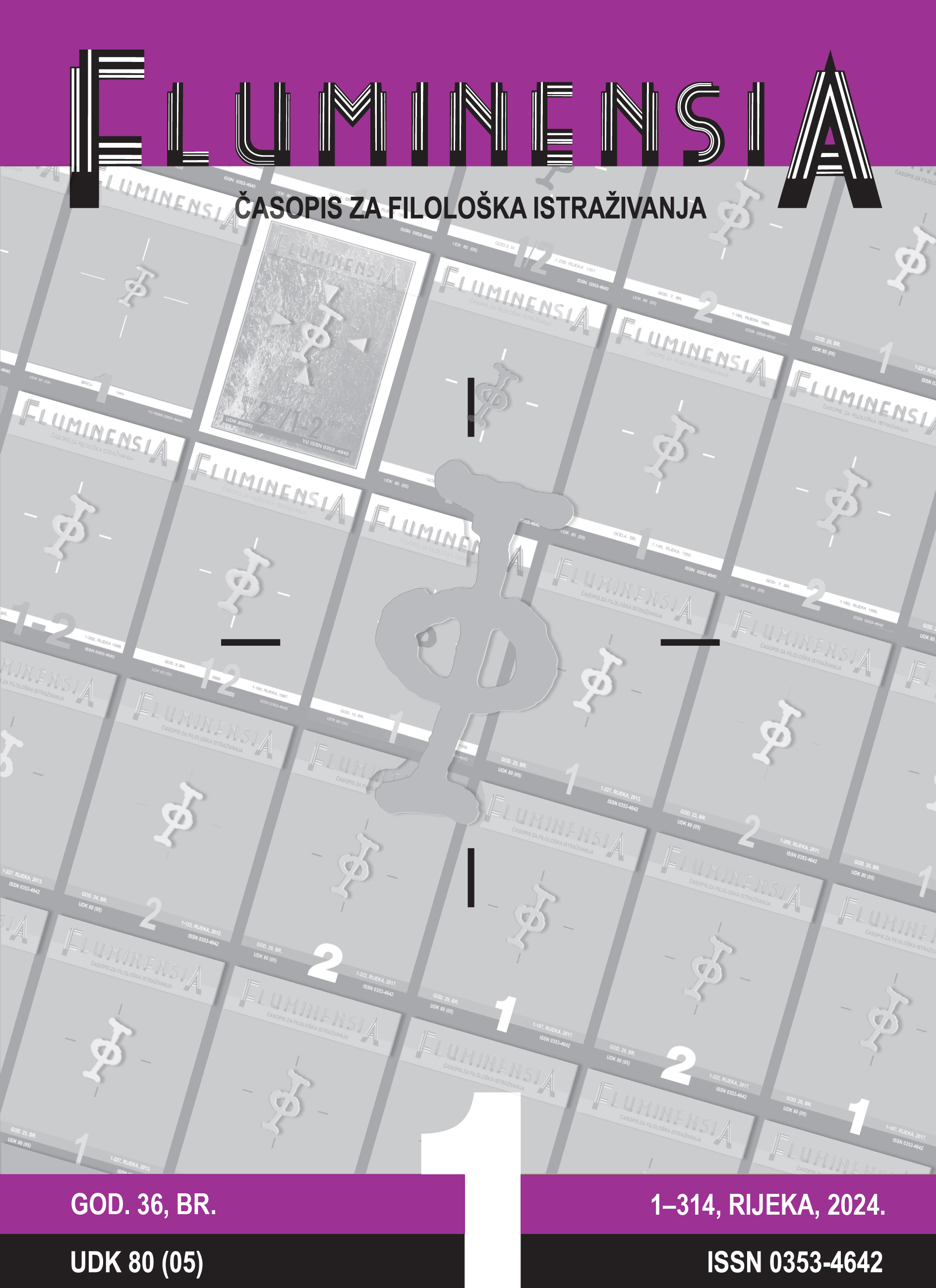ON THE SPREAD OF OVERABUNDANCE IN THE GENITIVE PLURAL OF CROATIAN e‑DECLENSION NOUNS WITH A STEM ENDING IN A CONSONANT CLUSTER
Keywords:
preobilje (dubletnost); genitiv množine; imenice ženskoga roda; štokavsko narječje; kajkavsko narječjeAbstract
The paper sketches the origins and spread of overabundance in the genitive plural of Croatian e‑declension nouns with a stem ending in a consonant cluster. These nouns in the genitive plural have either two or three forms (žalba ‘complaint’ has two: žalbā/žalbī; pogreška ‘mistake’ has three: pogrešākā/pogreškā/pogreškī). First, the paper addresses the emergence of the ā ending and the accompanying epenthesis, as well as the subsequent disappearance of the epenthesis. The central part of the paper discusses the emergence and spread of the new ending ‑ī. It is shown that in the early stages of the development of the Croatian standard language (18th and 19th centuries), this ending was already widespread, but only in the northern part of the territory where South Slavic Štokavian dialects are spoken. In the southern Štokavian dialects, it is absent, and this state of affairs is preserved almost to this day. The reasons for the increasing dominance of the suffix ‑ī in the modern language are also considered, and it is argued that this state of affairs is partly due to the prevalence of the same suffix in the South Slavic Kajkavian dialect group.

